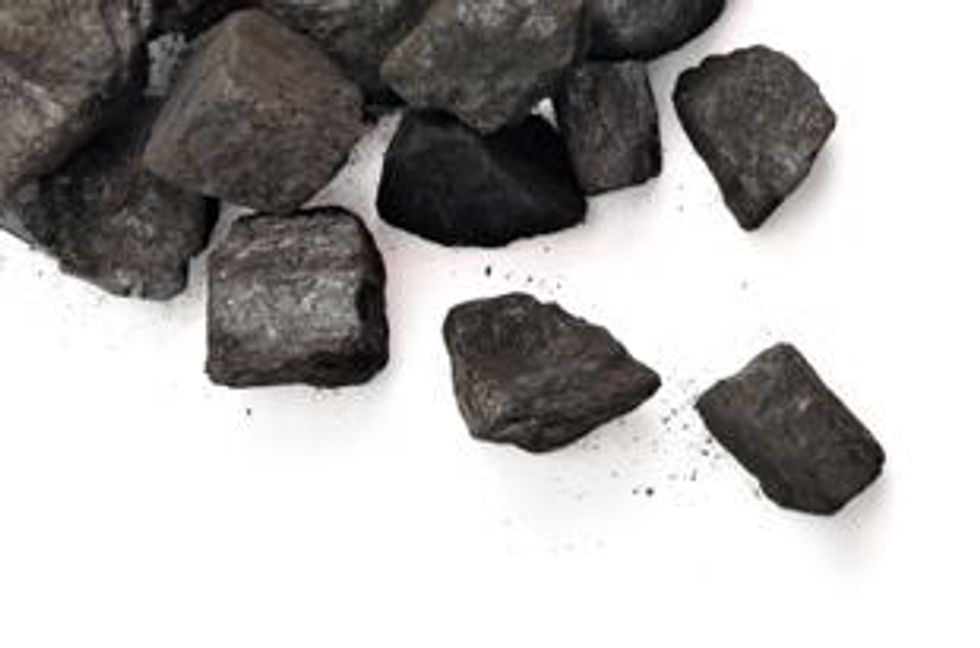Coal Miners Under Pressure as Prices Fall and Governments Look to Alternative Energy Supplies
The future does not look good for coal miners as increasing government regulations, environmental concerns and public opinion in favor of energy alternatives threaten the resource’s market share.
The future does not look good for coal miners. Increasing government regulations, environmental concerns and public opinion in favor of energy alternatives are threatening the resource’s market share, and to top that all off, coal prices have hit record lows that are set to continue into the second quarter of 2014.
Specifically, according to The Province, Asian steelmakers and Australian coal miners helped set prices at their lowest level since 2007 when they agreed on a benchmark price of $120 million per tonne of coal for this year’s second quarter. Analyst Lucas Pipes from New York’s Brean Capital explained to the news outlet, “[w]e’re now at a point where it’s just too much to bear for a lot of the producers.”
Closing time
“A number of producers are being pushed to the brink,” Pipes added, and news from the coal industry in Canada and the US gives weight to his statement.
Following James River Coal’s (NASDAQ:JRCC) bankruptcy filing on April 7, US producer Walter Energy (NYSE:WLT) announced the closure of two mines in British Columbia; Walter’s Brule mine will be suspended by July, while its Wolverine mine will cease production immediately.
Furthermore, Ontario Power Generation closed the province’s Thunder Bay Generating Station today, making Ontario the first jurisdiction in North America to completely end the use of coal to produce electricity. The province will now use a diverse energy mix from sources including water, solar, wind, nuclear, natural gas and biomass.
Poignantly illustrating the environmental concerns surrounding coal, Ontario Minister of Energy Bob Chiarelli told Mississauga.com that “[g]etting off coal is the single largest climate change initiative undertaken in North America and is equivalent to taking up to seven million cars off the road.”
The climate for coal is no different in the US. Forbes reported that regulation changes from the US Environmental Protection Agency will limit emissions from coal producers. According to the publication, the US Energy Information Administration expects coal plant closures to accelerate over the next decade as retrofitting is possible but unlikely for many projects. American Electric Power (NYSE:AEP), FirstEnergy (NYSE:FE) and Duke Energy (NYSE:DUK) have already begun to fulfill this prediction with announcements of imminent coal operation shutdowns.
Saved by demand from Asia?
However, with newer technology, coal could have a chance yet.
Last week, the Japanese government released a new energy plan, and although the uranium market has focused on the prominence given to nuclear power, the plan also cites coal as a key part of Japan’s energy matrix. Japan has been forced to pay high prices for alternative energy sources since its nuclear reactors were idled for safety checks after a tsunami hit Fukushima three years ago, so it is not surprising that the island nation is willing to turn to cheaper sources.“Clean coal” could fit the bill, and Japan has stressed its commitment to truly improving gasification technologies.
Also, while China is slated to ban coal imports with high ash and sulfur content and has plans to slowly eliminate low-quality domestic coal production, Reuters notes that the nation’s latest energy plan still allows for 860 million tonnes in new production capacity for coal between 2011 and 2015. There have also been a number of new mine approvals, leading experts to believe that China’s target limit of 4.1 billion tonnes of coal produced by 2015 may have been set somewhat low.
Beyond Asia, in British Columbia where some producers are closing operations, The Globe and Mail points out that others are still investing. London’s Anglo American (LSE:AAR) began a $200-million expansion project last year, and HD Mining International, based in Vancouver, is considering a new C$300-million coal venture.
The price is not right
Still, Forbes contributor Ken Silverstein writes that coal prices have dropped by over $50 per ton in parts of the US since a price spike in 2008, maintaing that nothing, “not even greater demand for Asia,” suggests a rebound. Furthermore, he notes that even though coal prices are currently at record lows, they are being matched by natural gas prices at the moment. That resource can beat out coal with lower emissions and am easier permitting process for plants, making stiff competition for the carbon fuel.
One thing is certain; if coal is to maintain a place in the market, it will have to continue to advance technology while addressing environmental concerns. The world’s increasing energy appetite is unlikely to abate any time soon, even with constantly emerging environmentally friendly technologies. David Schwedel, executive director of clean coal technology developer Coalview told Reuters, “[w]e must find a way to use the big three – oil, gas, and coal — more efficiently to maintain our way of life, while at the same time, preserving it.”
Securities Disclosure: I, Teresa Matich, hold no investment interest in any companies mentioned.
Related reading:
Coalview’s David Schwedel Talks Coal Fines Clean Up
